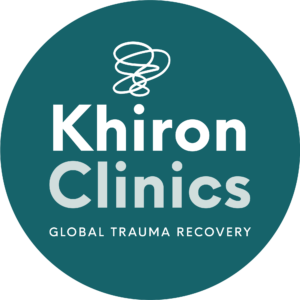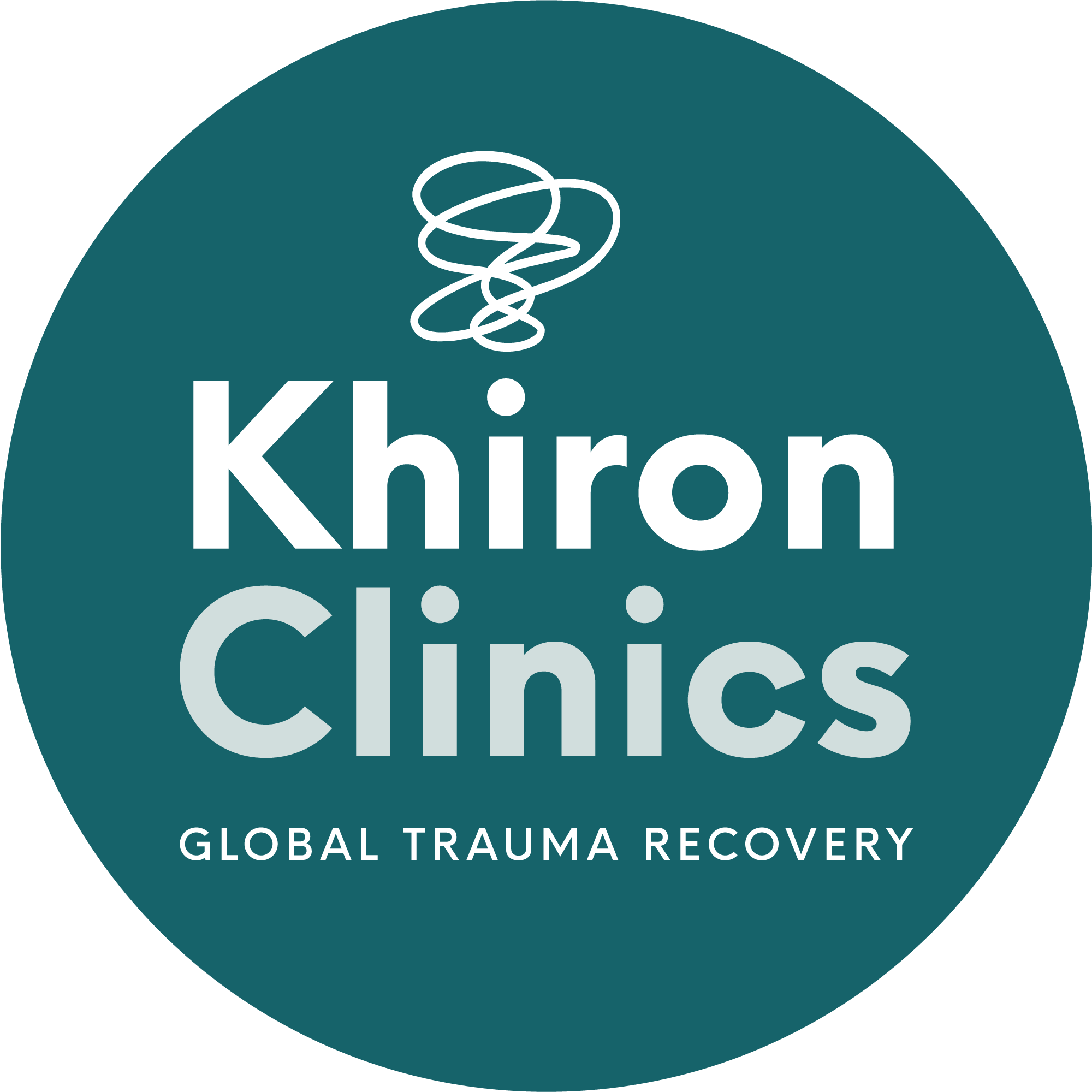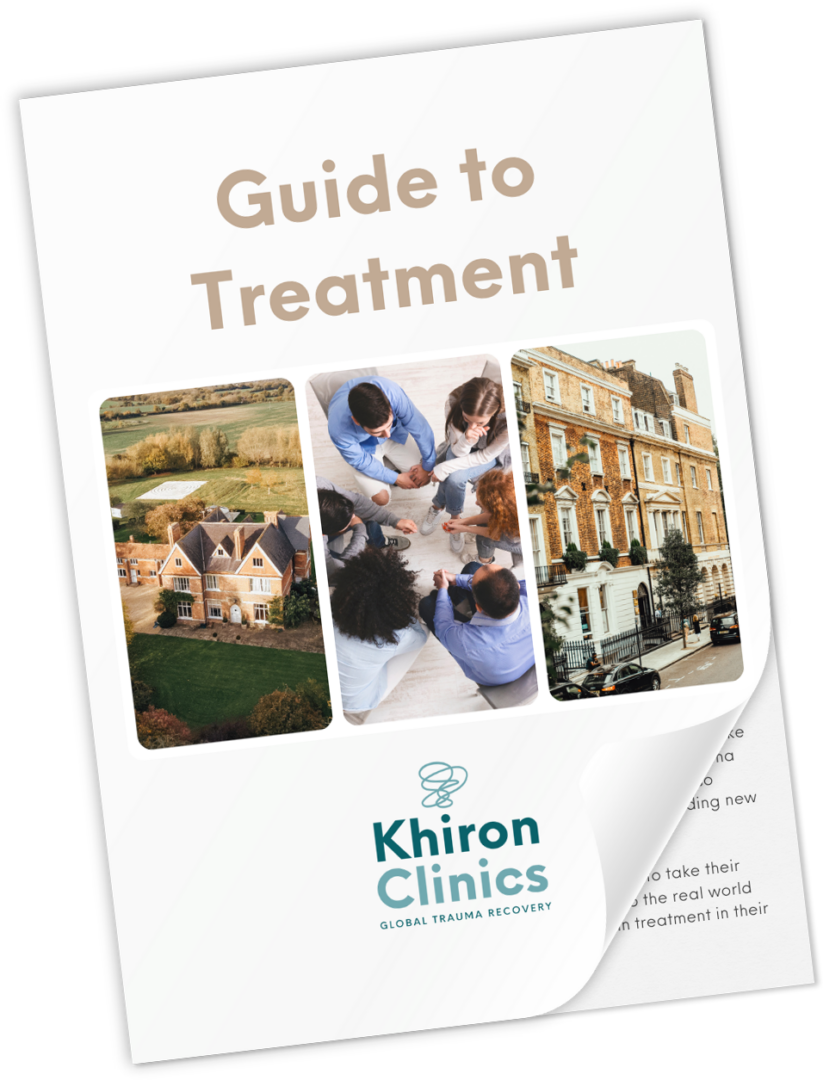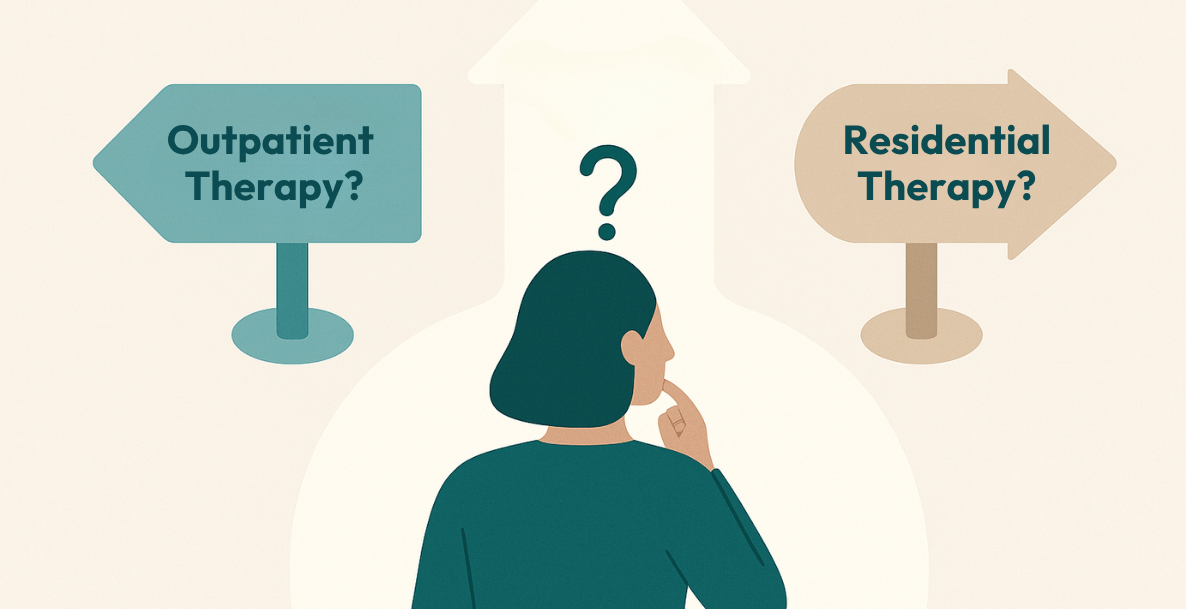Trauma and chronic pain are closely linked. The U.S. Department of Veterans Affairs states that between 15 and 35 percent of patients suffering from chronic pain also have post-traumatic stress disorder (PTSD).[1] According to The Institute for Chronic Pain, up to 90 percent of fibromyalgia patients and 60 percent of arthritis patients report some form of trauma in their lives.[2]
Trauma can lead to debilitating physical and psychological health conditions. The latter is more commonly known. Traumatic events such as abuse or neglect in childhood, war, or sexual abuse in adult life can leave a lasting imprint on our minds and lead to a range of unhealthy coping behaviours. Trauma is well-known to lead to PTSD, depression, anxiety disorders, and low self-esteem.[3]
There is a strong link between psychological trauma and chronic pain. This blog will explore how and why trauma and its symptoms can damage our physical health. First, let’s explore what trauma actually is.
What is Trauma?
SAMHSA defines trauma as ‘an event, series of events, or set of circumstances experienced by an individual as physically or emotionally harmful or life-threatening with lasting adverse effects on the individual’s functioning and mental, physical, social, emotional, or spiritual well-being.’[4]
When we experience a threat (real, or simply perceived), our body’s natural survival mechanisms kick into action. For example, if we are about to be chased by an attacker, our brains tell our bodies to mobilise for action so that we can run away, or fight back if possible. This is our fight or flight response.[5] The threat can also be perceived, such as a facial expression or tone of voice in a social setting. There may have been no bad intention, but we might perceive how a person looks or speaks to be aggressive or threatening. In the same way, our threat response kicks in.
In healthy, traumatised people, the threat response begins in the amygdala and, in the case of no actual threat, is countered by other areas of the brain, namely the hippocampus and ventromedial prefrontal cortex.[6] These brain regions govern our threat response so that we don’t enter survival mode unnecessarily. They are also heavily associated with memory and the ability to process new information.
If, however, a person has been affected by trauma, the threat response system becomes distorted. Studies have found structural changes in the brains of people who suffer from trauma-related conditions, namely post-traumatic stress disorder (PTSD). FMRI scans have observed these structural changes.[7] The scans show a reduced grey matter volume in the hippocampus and ventromedial prefrontal cortex (vmPFC). This reduction in volume compromises the functionality of these important regulatory brain regions. As a result, it is sometimes difficult for trauma survivors to discern between their past and present experiences.
So, how does this relate to chronic pain? With the hippocampus and the vmPFC compromised, the amygdala sends unregulated threat signals to the rest of the body, even when no real danger is present. This high level of activation causes stress in the body. Over time, prolonged stress responses can wear away at muscle tissues, causing pain and leaving us exhausted. The extended release of stress chemicals – hormones such as adrenaline and cortisol – also leads to inflammation in the body.[8]
What is Chronic Pain?
Chronic pain is defined in the journal Psychological Trauma as ‘an unpleasant sensory/emotional experience associated with actual or perceived tissue damage.’[9] There are no specific physical symptoms for chronic pain – it can result from a range of issues such as back pain or headaches. According to the International Association of the Study of Pain, pain is chronic if it persists for three or more months[10] and leads to functional impairment.[11]
Trauma Symptoms and Chronic Pain
Several symptoms characterise trauma and PTSD. These include; hypervigilance, re-experiencing the traumatic event, poor sleep hygiene, poor emotional regulation, depression, and anxiety. These symptoms don’t only affect our mental health; they also take a toll on our physical health. Over time, physical and mental issues perpetuate each other, leaving the trauma survivor in a vicious cycle of pain.
Hypervigilance/Hyperarousal
Hypervigilance, or hyperarousal, is a trauma symptom characterised by being on the constant lookout for threat or danger in the environment.[12] The original threat has not been fully processed, thus the experience of trauma symptoms. People who experience hyperarousal find it difficult to relax and will likely experience frequent anxiety. The original purpose of hyperarousal is to keep the body ready for action so that we can fight or flee from a potential threat. When we stay in hyperarousal, our muscles remain tense for a long time. This can lead to chronic pain throughout the body.
Furthermore, some trauma survivors become hypervigilant about the pain they are experiencing. It is perceived as a threat, leading to a greater stress response.
Poor Sleep
Trauma survivors often have trouble getting the right amount of sleep. The CDC recommends that adults sleep between 7 to 9 hours a night for good health.[13] Trauma survivors often sleep too much or too little.[14] Typically, the difficulty sleeping relates to distressing or uncomfortable thoughts about one’s past experiences.
The body needs sleep to function properly. If a person already suffers from chronic pain, a lack of sleep will significantly worsen the condition. A lack of sleep also reduces our ability to tolerate stress, an important skill needed to overcome the effects of trauma.
Avoidant Coping
People who have untreated PTSD are likely to engage in unhealthy avoidant behaviours to deal with their uncomfortable emotions. Avoidant behaviours range from social withdrawal and neglect of personal relationships to high-risk behaviours such as substance abuse. Withdrawal from others can lead a person to stay at home and avoid activity altogether. Similarly, substance abuse can lead to severe depression and anxiety, contributing to further withdrawal and even physical inactivity.
As humans, we need to connect with others and stay active to maintain our physical and mental health[15], as explained by the NHS. If we engage in behaviour that foregoes social connection and physical activity, our minds and bodies are at a greater risk of pain and poor pain tolerance.
Depression and Anxiety
Depression and anxiety can occur as a symptom of both trauma and chronic pain.[16] Due to the nature of depression, those suffering may find it difficult to be proactive about self-care and effective pain management. For example, physical activity is key for good physical and mental health. By neglecting physical activity, fitness levels drop, and returning to a fitness routine becomes difficult. Depression and anxiety can be a huge obstacle to finding the motivation to restore one’s fitness. As such, the pain symptoms worsen, in turn worsening the depression and anxiety.
Trauma, Chronic Pain, and the Role of Stress
Above we have outlined several ways in which trauma and chronic pain are closely linked. Overall, stress is one of the leading causes of chronic pain, and the persistent experience of chronic pain, in trauma survivors. Trauma is an illness of the nervous system in which it becomes dysregulated due to traumatic experience. Its inability to regulate its responses means that it is often stuck in a heightened stress response. This response gradually wears away at both the mind and body until the person suffering is faced with physical and mental health issues.
Trauma symptoms and conditions can be detrimental to our overall health, but they can be managed. Evidence-based traditional and holistic therapies are widely used in trauma treatment. They have been found repeatedly to help traumatised clients regain a sense of agency and autonomy over their minds and bodies. Cognitive behavioural therapy (CBT)[17], Somatic Experiencing (SE)[18], Eye Movement Desensitization and Reprocessing (EMDR)[19] are just some modalities that can provide relief from trauma symptoms and support full healing.
If you have a client, or know of someone who is struggling to heal from psychological trauma, reach out to us at Khiron Clinics. We believe that we can improve therapeutic outcomes and avoid misdiagnosis by providing an effective residential program and out-patient therapies addressing underlying psychological trauma. Allow us to help you find the path to realistic, long-lasting recovery. For information, call us today. UK: 020 3811 2575 (24 hours). USA: (866) 801 6184 (24 hours).
[1] “VA.Gov | Veterans Affairs”. Ptsd.Va.Gov, 2020, https://www.ptsd.va.gov/understand/related/chronic_pain.asp. Accessed 30 Dec 2020.
[2] International Association for the Study of Pain. Classification of chronic pain. Pain. 1986 Suppl 3:1–226.
[3] Sareen, Jitender. “Posttraumatic stress disorder in adults: impact, comorbidity, risk factors, and treatment.” Canadian journal of psychiatry. Revue canadienne de psychiatrie vol. 59,9 (2014): 460-7. doi:10.1177/070674371405900902
[4] Substance Abuse and Mental Health Services Administration. SAMHSA’s Concept of Trauma and Guidance for a Trauma-Informed Approach. HHS Publication No. (SMA) 14-4884. Rockville, MD: Substance Abuse and Mental Health Services Administration, 2014
[5] Roelofs, Karin. “Freeze for action: neurobiological mechanisms in animal and human freezing.” Philosophical transactions of the Royal Society of London. Series B, Biological sciences vol. 372,1718 (2017): 20160206. doi:10.1098/rstb.2016.0206
[6] Elman, Igor, and David Borsook. “Threat Response System: Parallel Brain Processes in Pain vis-à-vis Fear and Anxiety.” Frontiers in psychiatry vol. 9 29. 20 Feb. 2018, doi:10.3389/fpsyt.2018.00029
[7] Bremner, J Douglas. “Neuroimaging in posttraumatic stress disorder and other stress-related disorders.” Neuroimaging clinics of North America vol. 17,4 (2007): 523-38, ix. doi:10.1016/j.nic.2007.07.003
[8] Hannibal, Kara E, and Mark D Bishop. “Chronic stress, cortisol dysfunction, and pain: a psychoneuroendocrine rationale for stress management in pain rehabilitation.” Physical therapy vol. 94,12 (2014): 1816-25. doi:10.2522/ptj.20130597
[9] Beck, J Gayle, and Joshua D Clapp. “A different kind of co-morbidity: Understanding posttraumatic stress disorder and chronic pain.” Psychological trauma : theory, research, practice and policy vol. 3,2 (2011): 101-108. doi:10.1037/a0021263
[10] International Association for the Study of Pain. Classification of chronic pain. Pain. 1986 Suppl 3:1–226.
[11] Beck, J Gayle, and Joshua D Clapp. “A different kind of comorbidity: Understanding posttraumatic stress disorder and chronic pain.” Psychological trauma : theory, research, practice and policy vol. 3,2 (2011): 101-108. doi:10.1037/a0021263
[12] Sherin, Jonathan E, and Charles B Nemeroff. “Post-traumatic stress disorder: the neurobiological impact of psychological trauma.” Dialogues in clinical neuroscience vol. 13,3 (2011): 263-78. doi:10.31887/DCNS.2011.13.2/jsherin
[13] “CDC – How Much Sleep Do I Need? – Sleep And Sleep Disorders”. Cdc.Gov, https://www.cdc.gov/sleep/about_sleep/how_much_sleep.html. Accessed 30 Dec 2020.
[14] Brindle, Ryan C et al. “The Relationship Between Childhood Trauma and Poor Sleep Health in Adulthood.” Psychosomatic medicine vol. 80,2 (2018): 200-207. doi:10.1097/PSY.0000000000000542
[15] “5 Steps To Mental Wellbeing”. Nhs.Uk, https://www.nhs.uk/conditions/stress-anxiety-depression/improve-mental-wellbeing/. Accessed 30 Dec 2020.
[16] Woo, Adam Km. “Depression and Anxiety in Pain.” Reviews in pain vol. 4,1 (2010): 8-12. doi:10.1177/204946371000400103
[17] Kar, Nilamadhab. “Cognitive behavioral therapy for the treatment of post-traumatic stress disorder: a review.” Neuropsychiatric disease and treatment vol. 7 (2011): 167-81. doi:10.2147/NDT.S10389
[18] Brom, Danny et al. “Somatic Experiencing for Posttraumatic Stress Disorder: A Randomized Controlled Outcome Study.” Journal of traumatic stress vol. 30,3 (2017): 304-312. doi:10.1002/jts.22189
[19] Shapiro, Francine. “The role of eye movement desensitization and reprocessing (EMDR) therapy in medicine: addressing the psychological and physical symptoms stemming from adverse life experiences.” The Permanente journal vol. 18,1 (2014): 71-7. doi:10.7812/TPP/13-098







